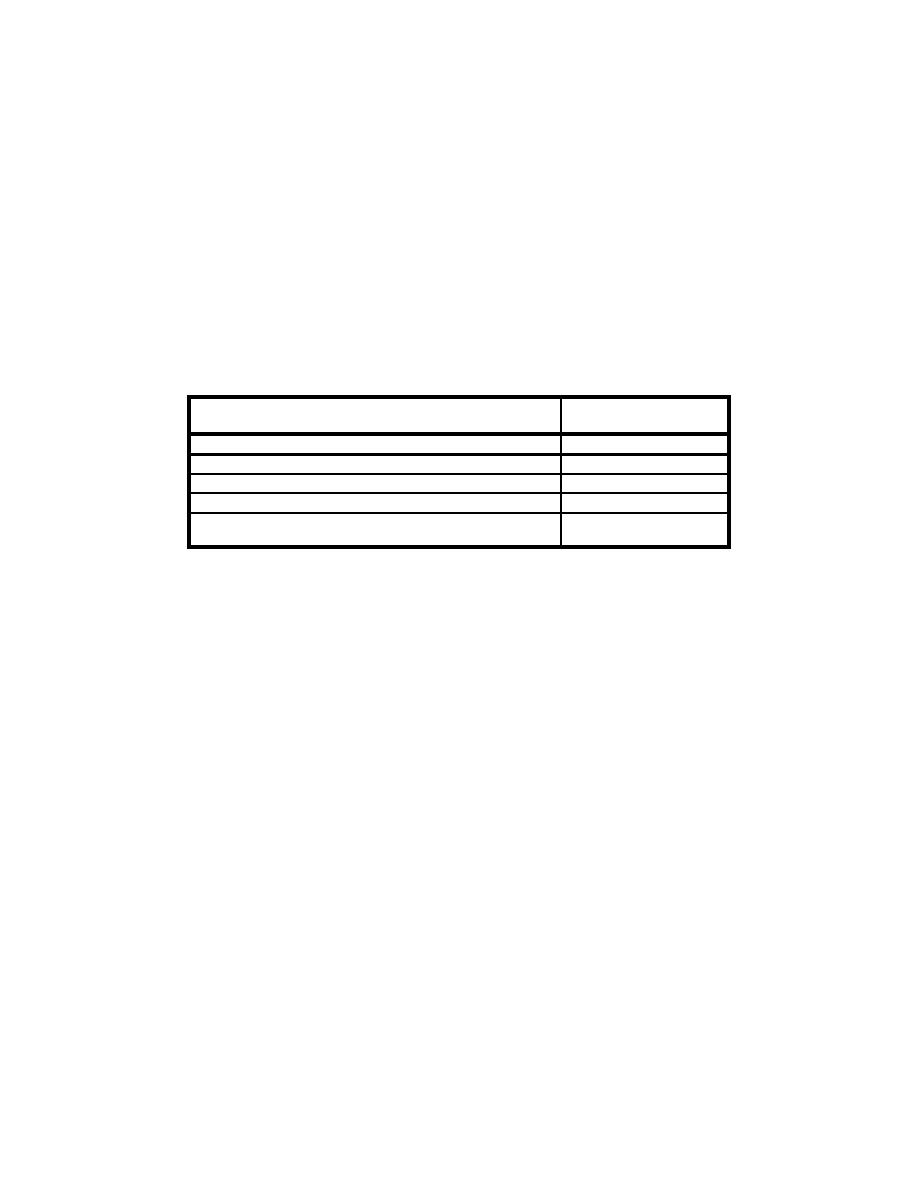 |
||
|
|
||
|
Page Title:
D.2.5 Considerations in Test Selection and Test Conditions |
||
| |||||||||||||||
|
|
 waters in a CDF is properly represented. For these reasons, it is difficult to
couple results from sequential batch leaching with porous media fluid mechanics
(advection and dispersion) and from this coupling predict leachate quality.
D.2.5 Considerations in Test Selection and Test Conditions
This section presents recommendations for selecting the appropriate leach
test and testing conditions, accounting for both the theoretical considerations
described above and the practical aspects of testing. The selection of the
appropriate test (SBLT or PCLT) and testing options and procedures are a
function of the sediment salinity, the possible presence of Non-Aqueous Phase
Liquids (NAPLs), CDF site conditions, and the COC. The following tabulation
summarizes the recommended test for various sediment characteristics:
Recommended Leach
Sediment/ Site Characteristics
Test
Sediments containing NAPL
PCLT
Saltwater Sediments with freshwater infiltration
PCLT
Saltwater Sediments without freshwater infiltration
SBLT
Freshwater Sediments
SBLT
Freshwater Sediments with Hydrophobic Organics as the only
SBLT (single cycle)
COC
Presence of NAPL. If the sediments contain NAPLs, the PCLT is the
recommended leachate test. During the SBLT, the physical process of agitation
during the test has resulted in a release of trapped NAPL from the sediment
matrix that would not be expected under field leaching conditions. Since the
PCLT is conducted using a column, no agitation problems occur.
Ionic strength. Either the SBLT or PCLT may be used for freshwater
dredged materials. Since the SBLT test is a simpler procedure and is more cost
and time effective than the PCLT, the SBLT test would normally be preferred for
freshwater sediments. The PCLT is recommended for saltwater sediments
because of the influence of colloidal materials if the sediments are placed such
that they are subject to freshwater infiltration, e.g., in an upland CDF. As salt is
progressively leached from saline sediments during any leachate testing process,
the colloids become destabilized and are subsequently released. Since the SBLT
is a batch test, the aqueous phase concentrations of contaminants are obtained by
centrifugation or filtration of the test samples. These processes remove a portion
of the colloids, resulting in potentially erroneous results with saline sediments
for the SBLT. The PCLT is a column leach test in which samples are obtained
directly from the test column and analyzed without centrifugation or filtration,
and any potential colloidal release is properly accounted for. For this reason,
the PCLT test is required for saline sediments subject to freshwater infiltration.
Hydrophobic organics. Hydrophobic organics, such as PCBs or DDT and
its metabolites, have Kd values on the order of hundreds to thousands. Since
such a small portion of the contaminant mass is partitioned to a given pore water
D8
Appendix D Leachate Testing Procedures
|
|
Privacy Statement - Press Release - Copyright Information. - Contact Us - Support Integrated Publishing |